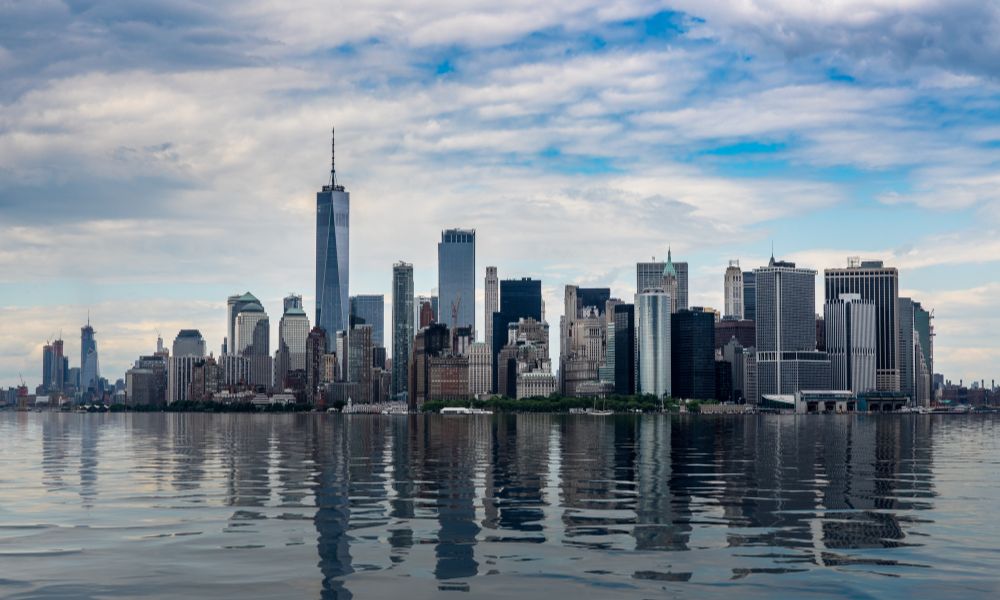Why Regular Flooding in New York City Is So Expensive

We’ve all seen viral videos of various subway stops throughout NYC flooding with disgusting sewer water or basement apartments becoming swimming pools following a severe storm. Unfortunately, events like these are becoming more common in the Big Apple and across the globe. Typically the fault of natural disasters and climate change, these regular flooding episodes in New York City are increasingly dangerous and expensive.
Why New York City Floods
There are a few reasons why New York City is prone to severe flooding, and they mostly have to do with location—the five boroughs creating the Big Apple suffer from heavy rain, high tides, hurricanes, tropical storms, and the ever pesky nor’easters. All of these weather events introduce high levels of water that attack the lowest points of the city.
Since water cannot run off in an urban landscape, these problems are widespread and difficult to manage. On top of all these factors, NYC’s infrastructure is outdated and incapable of handling regular severe storms, which are becoming more and more common each year.
The Cost of Regular Flooding
How much does flooding cost the city of New York? Well, there isn’t an exact number—damages related to flooding are more severe in some years than others, while other damages are never reported at all. However, we can get an idea of how much these severe storms cost the city by analyzing the effects of Hurricane Ida, specifically on the MTA public transit system.
Flooding from Hurricane Ida caused approximately $100 million of damages to the transit system! As for private residences, just one inch of water can cause up to $25,000 in damages, with insurance companies estimating that New York homes claimed nearly $40 billion. None of this information covers other aspects of the city, like how natural disasters affect sewage systems and cost the city millions each year.
What We Can Do To Help
Learning about the cost of flooding in New York (and any other city) can be disheartening, but there are ways we can protect our homes and infrastructure from suffering further. Mainly, it’s essential that we all commit to slowing the speed of climate change by reducing our carbon footprints in both our personal and professional lives.
More so, we must pressure big companies and government agencies to take accountability for their environmental impacts and create policies that eliminate pollution. Additionally, it’s worth investing in new infrastructure better suited to combat severe weather, especially in more vulnerable, impoverished areas most affected by reoccurring tropical storms.
Regular flooding in New York City is expensive and, more importantly, hazardous to the millions of people who call it home. However, it’s a great example of how we can prevent these issues from progressing and impacting other areas of our country and world. With some effort and determination, we can curb the costs of climate change and save our cities!





